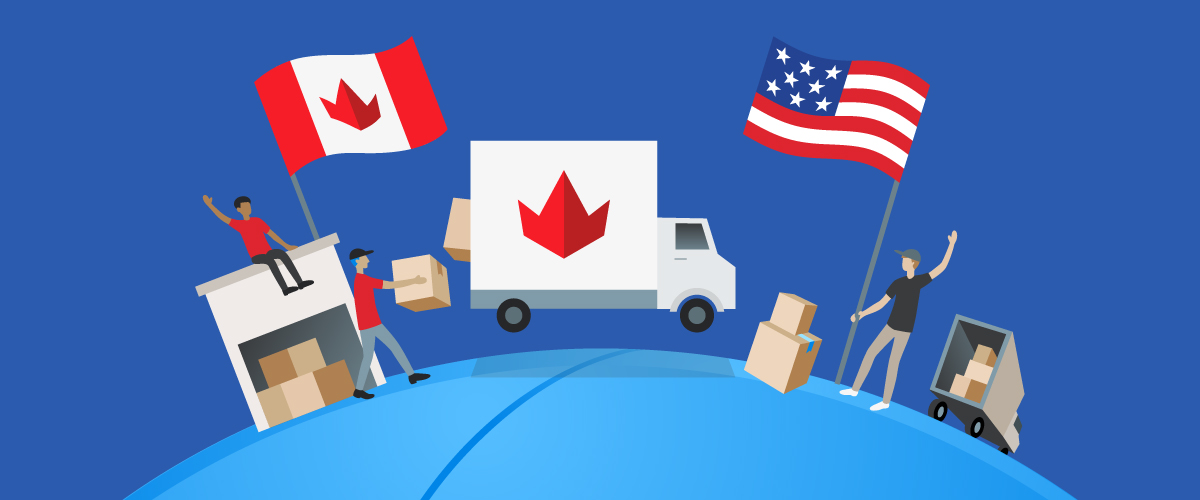The United States and Canada share one of the world’s longest international borders and a rich history of trade and commerce. With over $600 billion worth of goods exchanged annually, understanding the intricacies of shipping between these two nations is crucial for businesses aiming to tap into this lucrative market. Whether you’re a seasoned shipper or just starting out, this guide will provide you with the insights you need to master the art of shipping from the US to Canada.
- Understanding the Regulatory Landscape Before diving into the logistics, it’s essential to grasp the regulatory framework governing trade between the US and Canada. Both countries have specific import and export regulations, and being compliant is crucial to avoid delays and penalties.
- USMCA/CUSMA Agreement: This trade agreement, formerly known as NAFTA, facilitates trade by eliminating most tariffs and providing a framework for resolving trade disputes.
- Customs Declarations: Every shipment must be accompanied by a customs declaration, detailing the contents, value, and purpose of the shipment.
- Choosing the Right Shipping Method Depending on the nature of your goods, urgency, and budget, you can opt for various shipping methods:
- Road Freight: Ideal for bulky goods and door-to-door deliveries.
- Air Freight: Best for urgent shipments, though it can be more expensive.
- Rail Freight: Suitable for large quantities of goods, especially if you’re looking for a cost-effective solution.
- Navigating Tariffs and Duties While many goods are duty-free under the USMCA/CUSMA, some exceptions apply. Familiarize yourself with the Harmonized System (HS) codes for your products to determine applicable tariffs.
- Packaging and Labeling Given the varying weather conditions across the route, ensure your goods are packaged securely. Additionally, clear labeling, including bilingual (English and French) labels when necessary, can expedite customs clearance.
- Working with a Reliable Freight Forwarder A freight forwarder can simplify the shipping process, offering expertise in logistics, customs clearance, and documentation. Choose a forwarder familiar with the US-Canada trade route for a seamless experience.
- Understanding Canadian Import Regulations Canada has specific regulations concerning the import of certain goods, including food products, electronics, and chemicals. Ensure you’re compliant to avoid shipment rejections.
- Leveraging Technology for Tracking and Documentation Modern shipping relies heavily on technology. Utilize tracking systems to monitor your shipment’s progress and electronic documentation to streamline the customs clearance process.
- Preparing for Potential Challenges Despite best efforts, challenges like weather disruptions, labor strikes, or geopolitical issues can arise. Having contingency plans and being flexible can help navigate these unforeseen obstacles.
- Building Relationships with Canadian Partners Establishing strong relationships with Canadian distributors, retailers, or other stakeholders can provide local insights, facilitating smoother shipping operations.
- Staying Updated The world of international shipping is dynamic. Regularly update yourself on changes in regulations, tariffs, or trade agreements to stay ahead of the curve.
Conclusion Shipping from the US to Canada, while lucrative, comes with its set of challenges. However, with the right knowledge, partners, and strategies, businesses can tap into this market efficiently. Whether you’re shipping electronics to Toronto, fashion to Vancouver, or machinery to Montreal, mastering the art of shipping ensures your goods reach their destination timely, safely, and cost-effectively.

